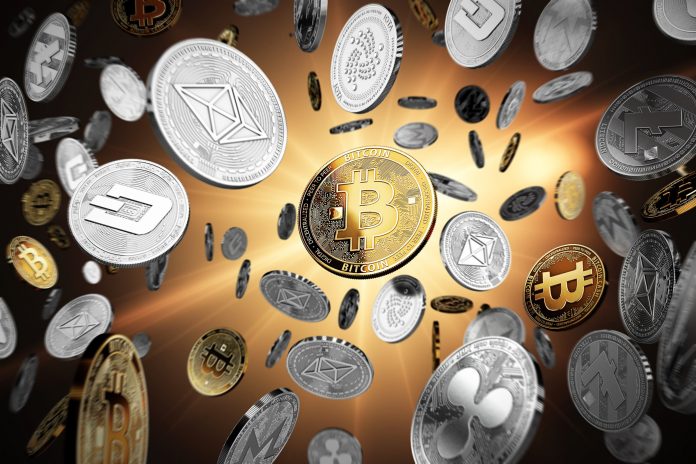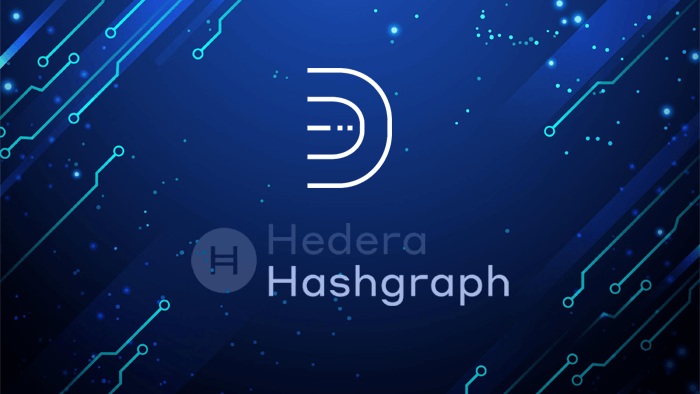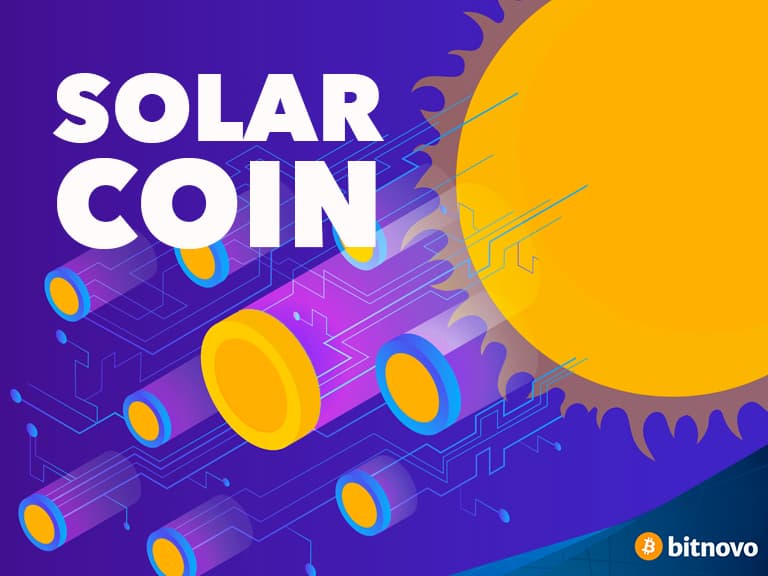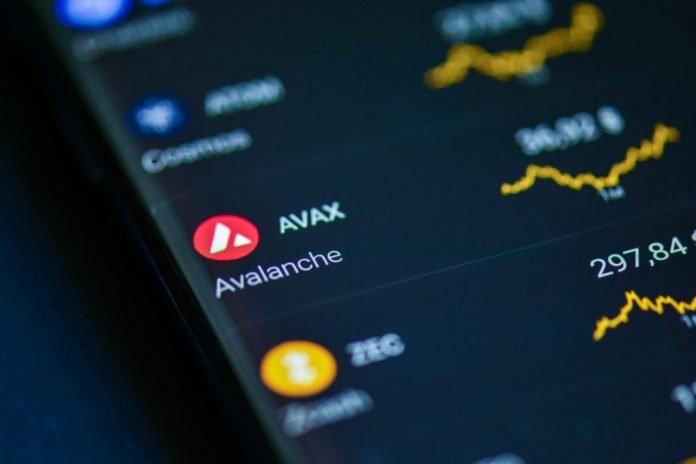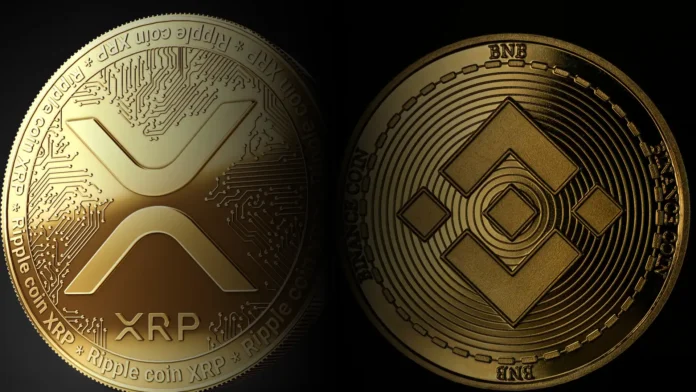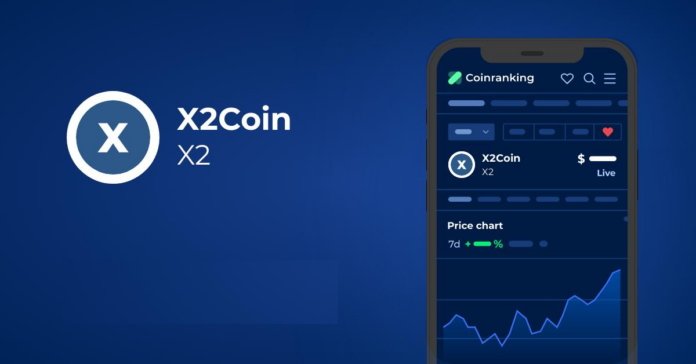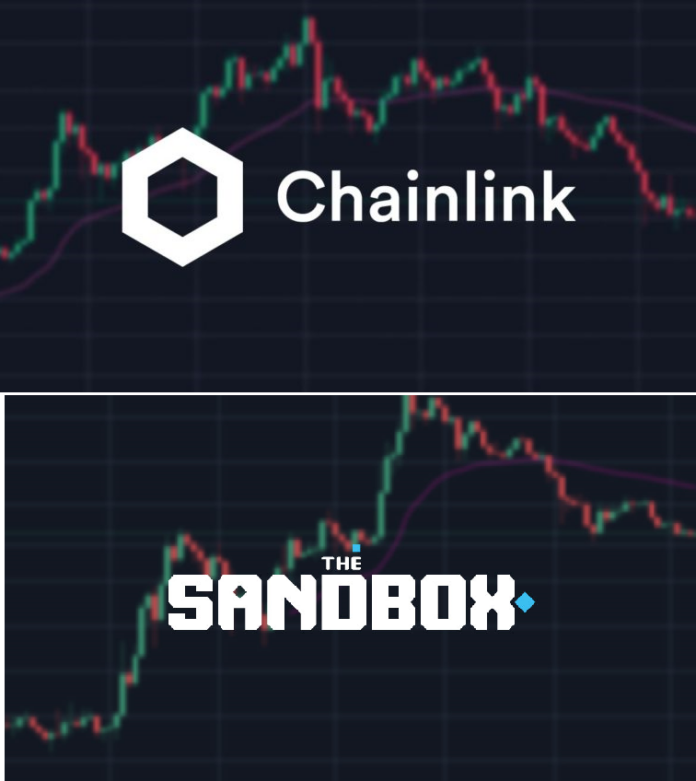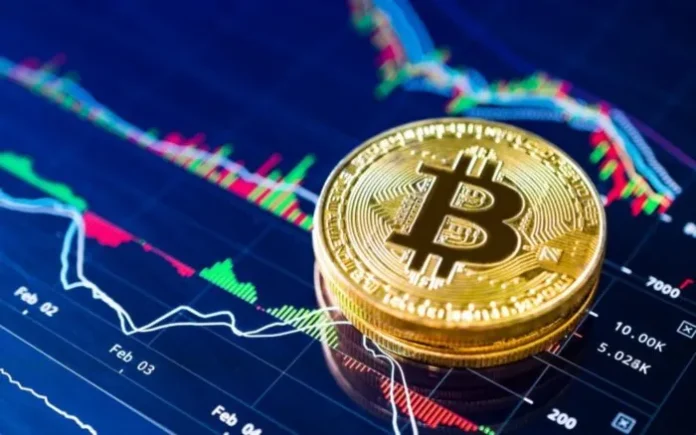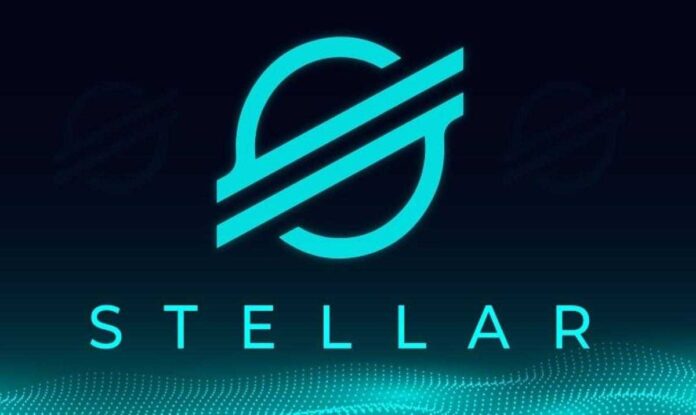Fetch.ai (FET)
- Current Price: $0.735
- Market Cap: $548 Million
- Market Cap Rank: #121
Fetch.aI is a blockchain platform that makes use of both machine learning and artificial intelligence technology. It is constructed on a sharded ledger.
The native token for the platform is FET, which is crucially important for the use of smart contracts. The token is also very compatible with IoT devices.
October will likely be an interesting month for the platform, since the current bridge will be replaced with the new and improved “Gravity bridge”.
This is the final step in the staking process, which will allow users to stake more than 250 million tokens.
While FET reached an all-time high of $1.198 on Sept 8, it has been moving downwards since. So far, it has decreased by 38.57%.
On Sept 22, it bounced at the $0.59 horizontal support area (green icon). However, despite the bounce, technical indicators are still bearish, since both the MACD and RSI are decreasing. Furthermore, FET seems to be following a descending resistance line.
A breakout from the line would likely mean that the token will move upwards and potentially re-test the highs near $1.

Zcash (ZEC)
- Current Price : $105.68
- Market Cap: $1.348 Billion
- Market Cap Rank: #72
Zcash is a cryptocurrency created in October 2016. It focuses mainly in privacy and anonymity. It goes so far that it does not even reveal the public address of their users. This is achieved by using zk-SNARK zero-knowledge technology.
The release of Halo Arc will be on October 1. It will also coincide with the activation of network upgrade five.
It will include:
- Zcashd – A consensus node that supports the upcoming upgrade
- ECC Reference wallet – a beta implementation of a Zcash wallet
ZEC has been decreasing alongside a descending wedge since Sept 29. The wedge is considered a bullish pattern.
Currently, the token is approaching the point of convergence between resistance and support, at which time a decisive movement would be likely to occur.
If a breakout occurs, the closest resistance area would be between $138 and $147.
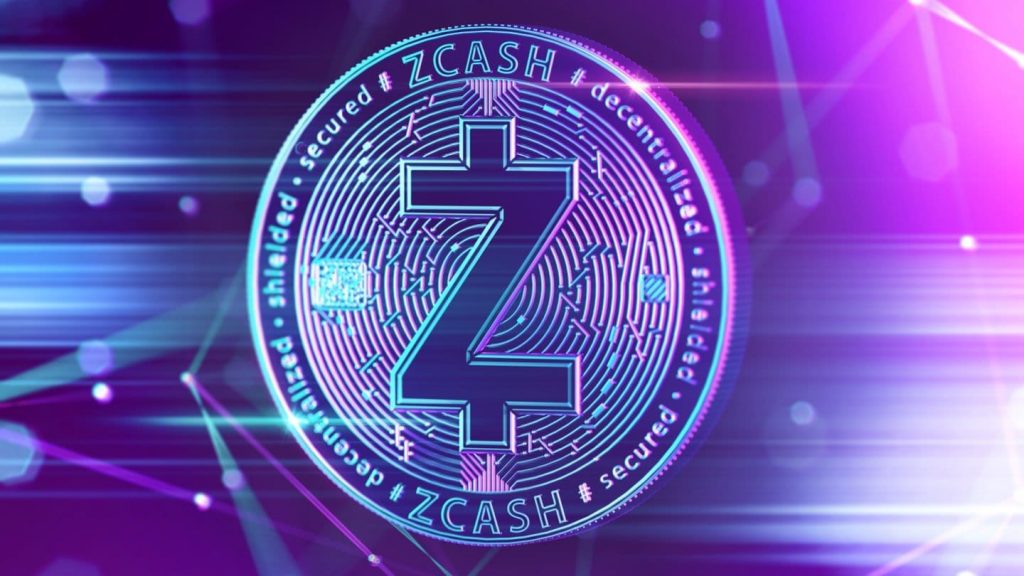
Origin Protocol (OGN)
- Current Price : $0.724
- Market Cap: $254,276 Million
- Market Cap Rank: #173
Origin Protocol is a network that has the goal of creating a decentralized market in which participants can share both goods and services. Its goal as a decentralized platform is to cut out intermediaries, in order to provide:
- Lower fees – Considerably lower fees than those charged by intermediaries.
- Better incentives – Everyone owns a piece of the network and yield is distributed to holders.
- Increased access – Only a cryptocurrency wallet is required to access the marketplace.
The native token for the platform is OGN. It is used for governance rights and its holders are rewarded based on the network yield.
On Oct 1, four non-fungible tokens (NFTs) will be distributed to OGN holders. This is a result of a partnership between Origin protocol and C.R.E.A.M Finance.
Since May 25, OGN has been trading inside a range between $0.58 and $1.40. Most recently, it was rejected by the $1.40 resistance on Sept 6 (Red icon) and has been decreasing since.
The MACD and RSI are both falling, suggesting that OGN is likely to return to the $0.58 area once more.

Bluzelle (BZL)
- Current Price : $0.20
- Market Cap: $62,990 Million
- Market Cap Rank: #464
Bluzelle is a storage network that is completely decentralized. Its goal is protecting intellectual rights of content creators while delivering a high security storage system. It is specific to the NFT and Decentralized Finance (DeFi) sectors.
The system works by storing backups in numerous nodes, which then afterwards also help increase retrieval speed.
The native token for the network is BLZ.
In the month of October, the new census upgrade will be initiated, and there will be the addition of seed nodes.
Similarly to ZEC, BLZ seems to be trading inside a descending wedge, which is considered a bullish pattern. Most recently, it bounced at its support line on Sept 21 (green icon). This also coincided with the $0.193 horizontal support area.
If a breakout occurs, the next closest resistance would be at $0.27. This is the 0.618 Fib retracement resistance level.
Harmony (ONE)
- Current Price : $0.146
- Market Cap: $1.565 Billion
- Market Cap Rank: #63
Harmony is a sharding protocol that has a trustless Ethereum bridge. It is one of the first blockchain protocols that introduced sharding in order to considerably reduce the time it takes for a node to be validated. Validators and nodes undergo a random assign/re-assign process in order to increase security.
The platform specializes in the creation of decentralized applications (dApps). The native token for the platform is ONE.
In the month of October, Harmony will launch cross-shard transactions, which have been in development for the entire year.
ONE has been decreasing since Sept 13, when it reached a new all-time high price of $0.23. While this initially seemed like a breakout, it proved to be only a deviation above the $0.21 resistance area.
So far, the token has fallen by 37%.
Despite the drop, it has bounced at an ascending support line that has been in place since July 20 (green icon).
As long as it is trading above it, the bullish structure remains intact.

Morpheus Labs (MITX)
Morpheus Labs is a blockchain platform that specializes in dApp development. It provides its users with a choice between various programming languages when developing blockchain applications.
- Current Price : $0.046
- Market Cap: $19,813 Million
- Market Cap Rank: #746
The native token for the platform if MITX. A token burn in which 5 million tokens will be burnt scheduled on Oct 4. It is the fifth and final such burn for the year.
However, MITX seems to be trading inside an ascending channel, and is doing so since May 19. Such channels usually contain corrective movements.
Furthermore, the movement inside it has been extremely gradual and choppy, suggesting that a breakdown could occur.
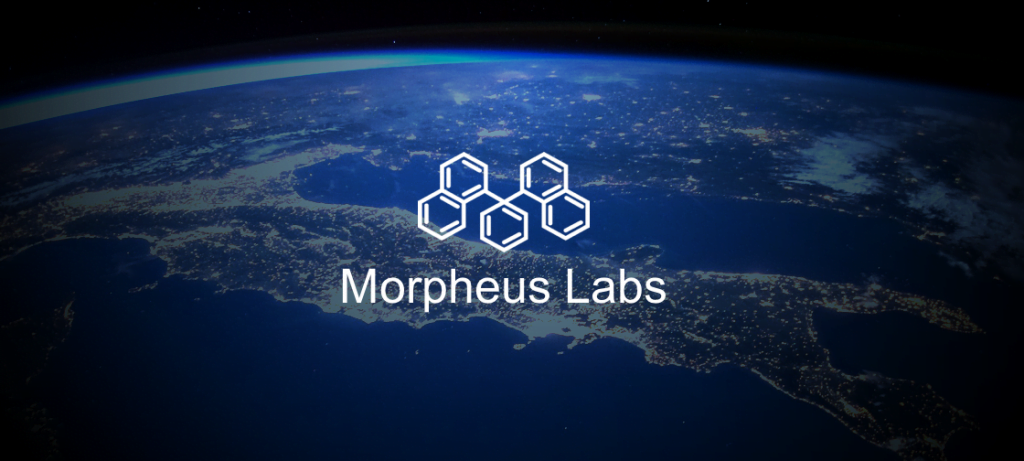
Bella Protocol (BEL)
- Current Price : $1.61
- Market Cap: $77,175 Million
- Market Cap Rank: #419
Bella Protocol is a platform that offers various DeFi products that help simplify cryptocurrency banking. It provides access to the best yield rates throughout the entire market. Furthermore, it offers zero gas fees in order to provide costless transactions. The native token for the platform is BEL.
Its three main products are:
- 1-Click Bella
- Bella Lending
- Bella Flex Savings
An international summit for the cryptocurrency industry will take place between Oct 11-15. The CEO of Bella protocol will be one of the main speakers.
However, BEL has been decreasing since Sept 4, and broke down from an ascending support line on Sept 20. It is currently approaching the $1.17 support area.

Polygon (MATIC)
- Current Price : $1.12
- Market Cap: $11,184 Billion
- Market Cap Rank: #21
Polygon is a platform that is used for developing in the infrastructure of Ethereum, by transforming it into a multichain system. Therefore, it helps connect blockchain networks that are compatible with Ethereum. The platform launched in 2017 and its native token is MATIC.
The World Blockchain Summit will take place in Dubai on Oct 13-14. One of the speakers will be the co-founder of Polygon, Sandeep Nailwal.
MATIC is trading inside a descending wedge, and has been doing so since Sept 5. On Sept 21, it bounced at the support line of the wedge and $1.06 support area. Afterwards, it created a double bottom and is in the process of breaking out.
If it breaks out, the next resistance would be at $1.48.
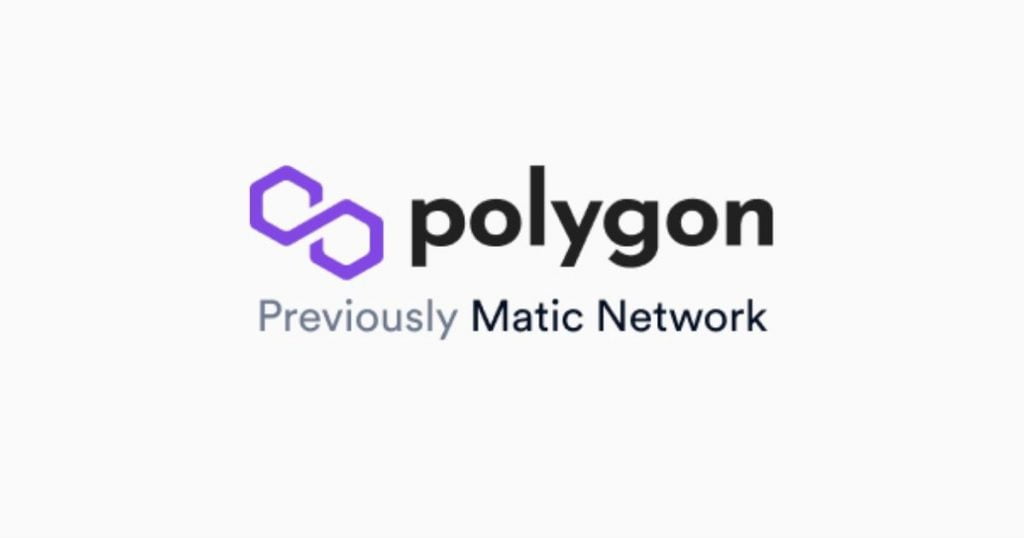
Celsius (CEL)
- Current Price : $5.02
- Market Cap: $1,201 Billion
- Market Cap Rank: #80
Celsius is a platform that offers financial and banking services to cryptocurrency users. It launched in 2018 and offers numerous services, such as loans, staking and interest payouts up to 17% to their users. The native token for the platform is CEL, which further increases the aforementioned payouts if it is used as the currency of choice.
The World Blockchain Summit will take place in Dubai on Oct 13-14. One of the speakers will be the founder and CEO of Celsius, Alex Mashinsky.
As for its price movement, CEL has been trading inside a massive symmetrical triangle since the end of January.
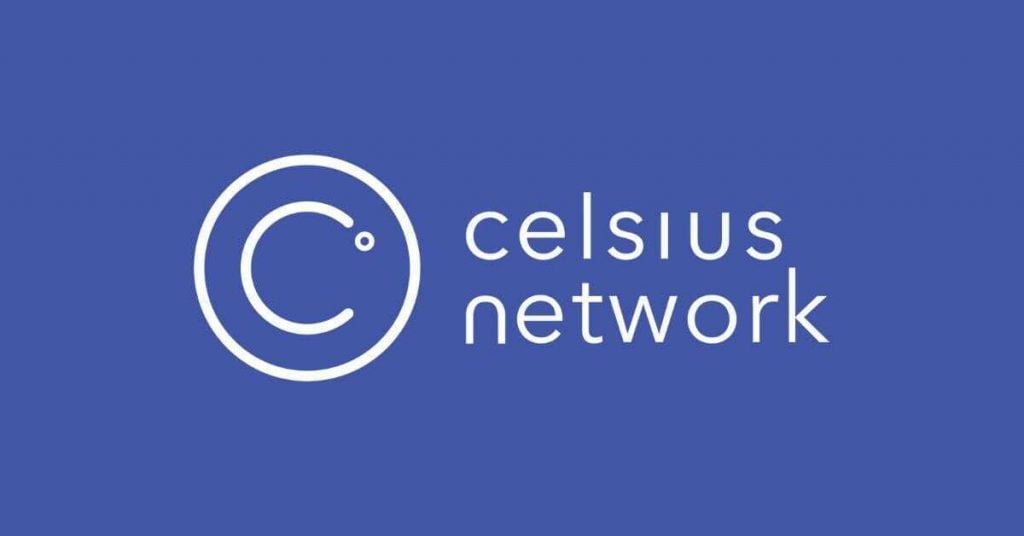
Rocket Pool (RPL)
- Current Price : $31.41
- Market Cap: $322,875 Million
- Market Cap Rank: #235
Rocket Pool is a protocol that allows users to stake their Ethereum (ETH) in order to earn returns. Furthermore, users who run their own nodes receive higher returns.
It will launch its mainnet on Oct 6. The rollout will transpire in four phases, each of which limiting the size of the ETH deposit pool.
The RPL/ETH pair has just broken out above the 0.01 ETH resistance area.




